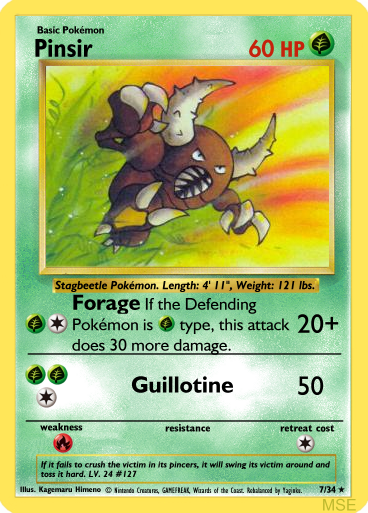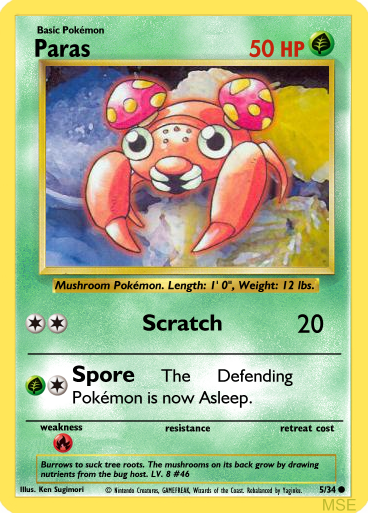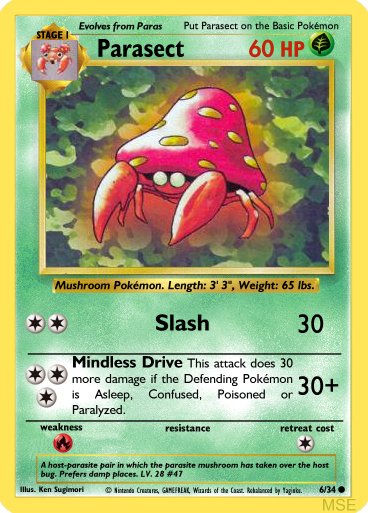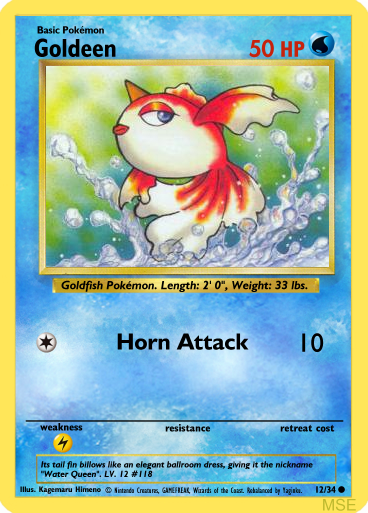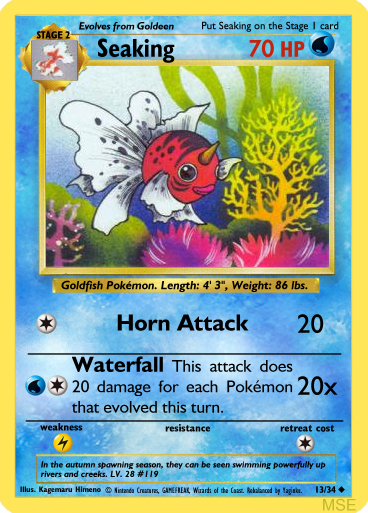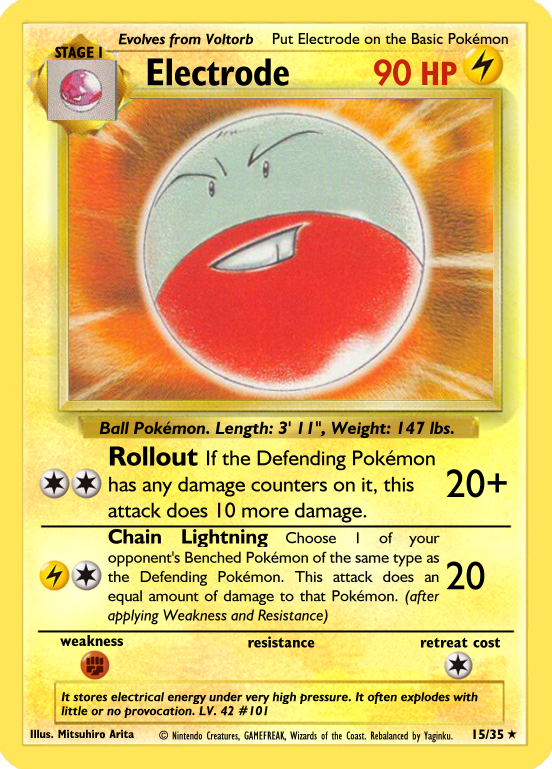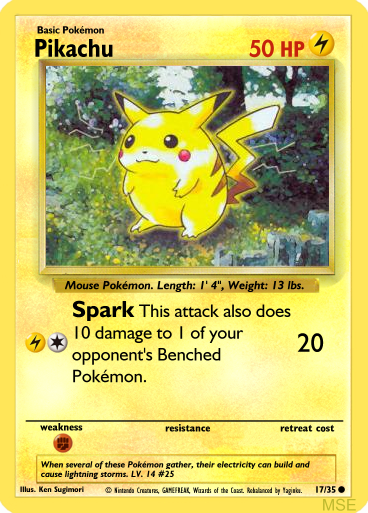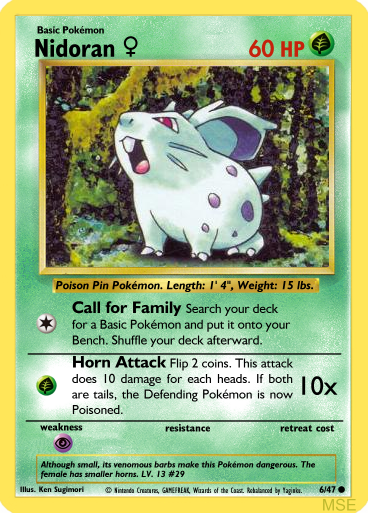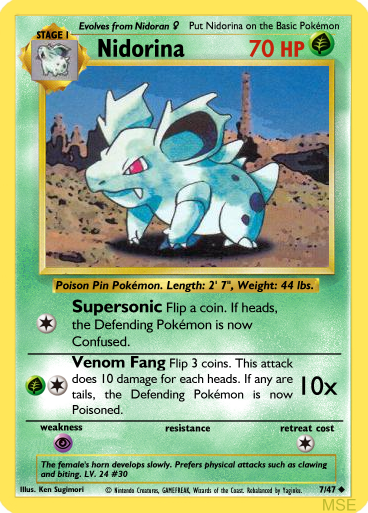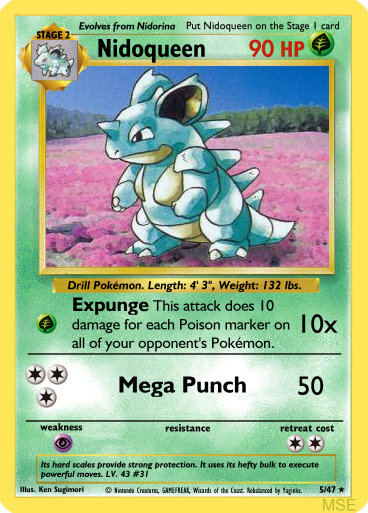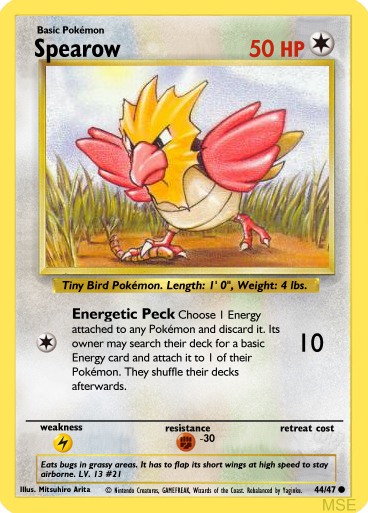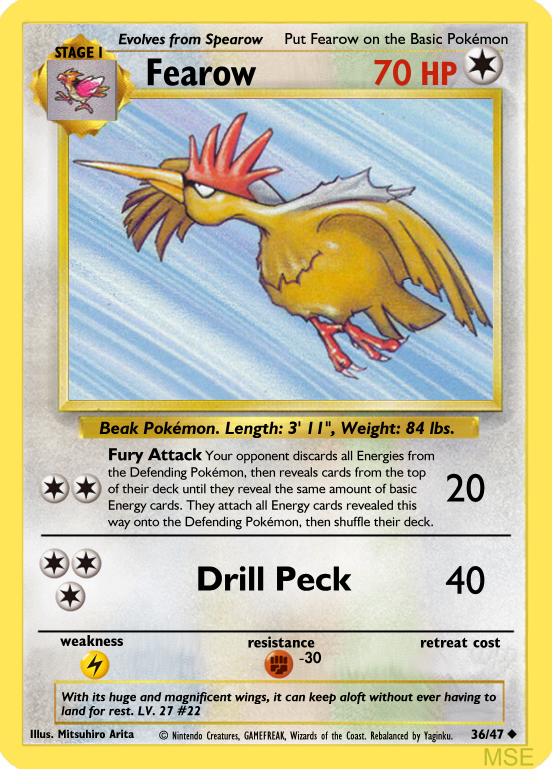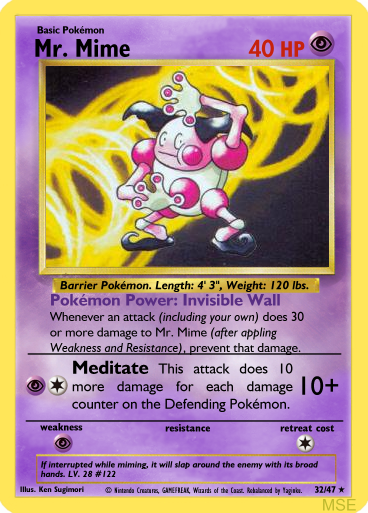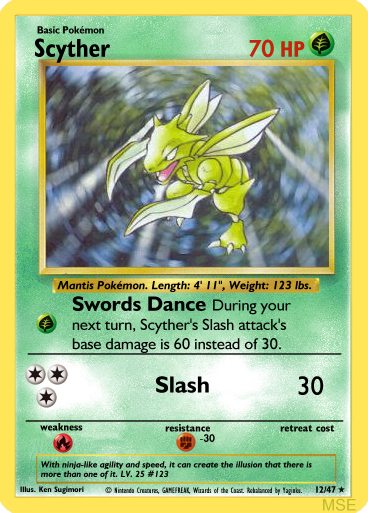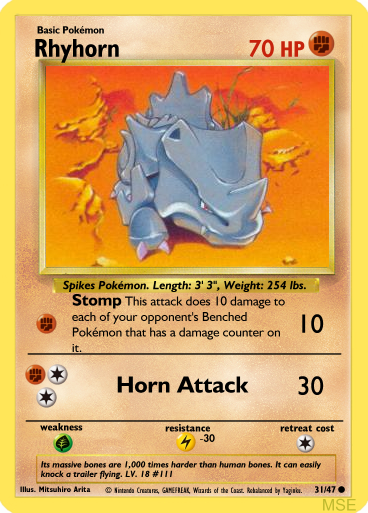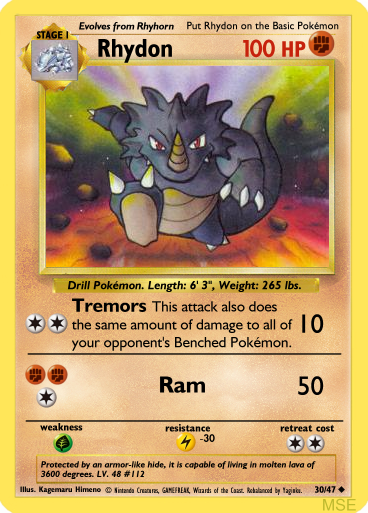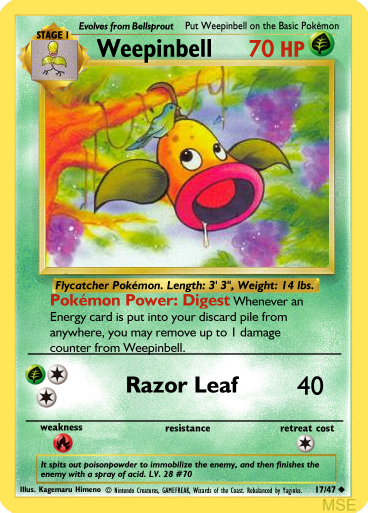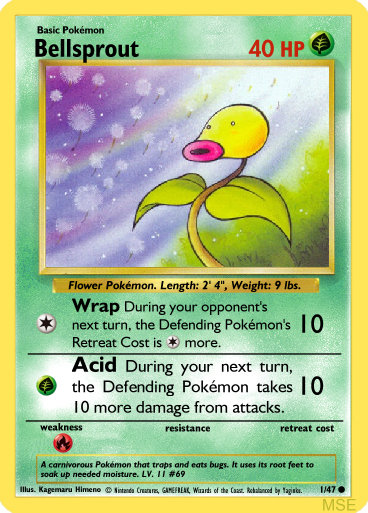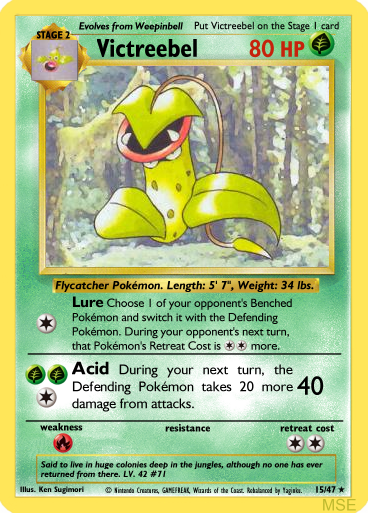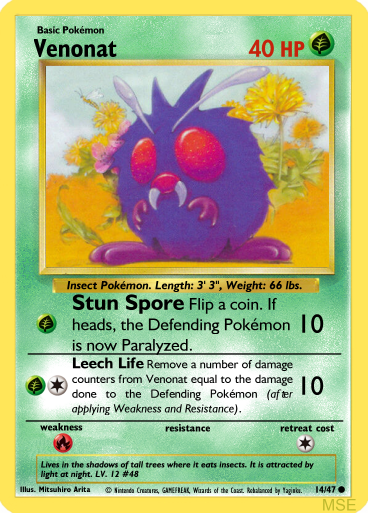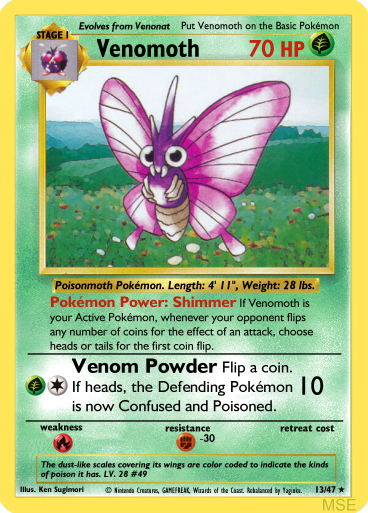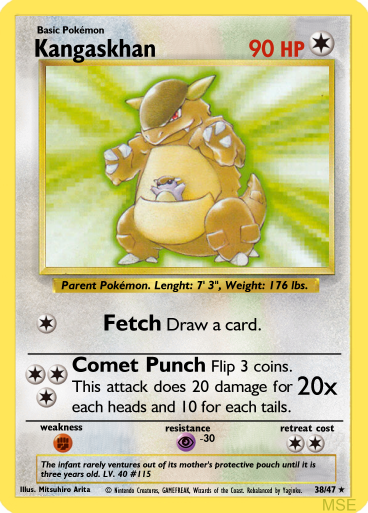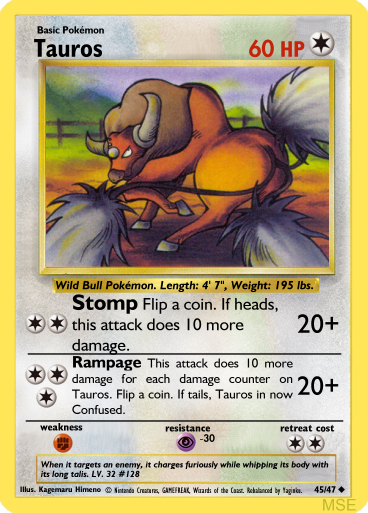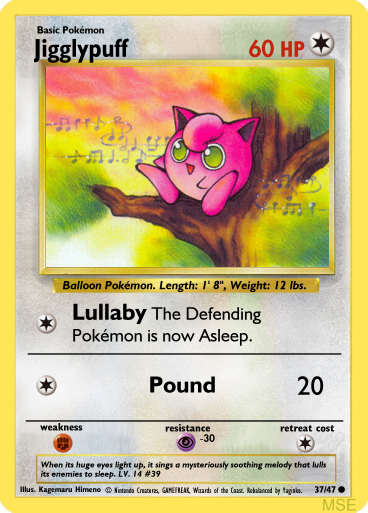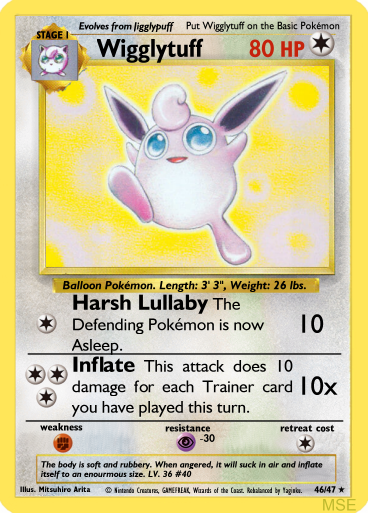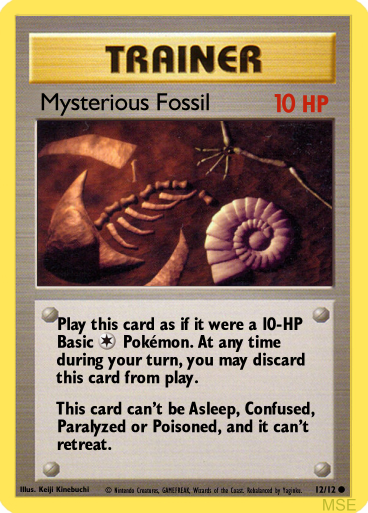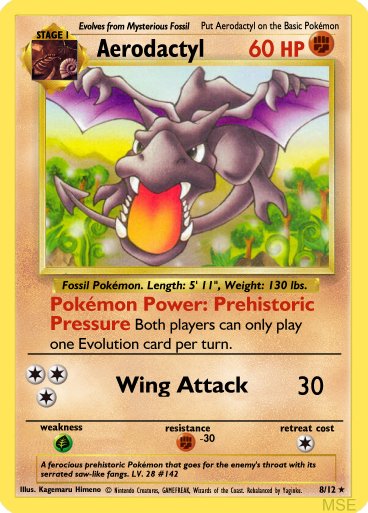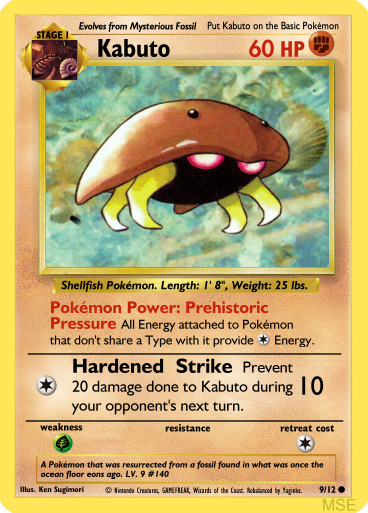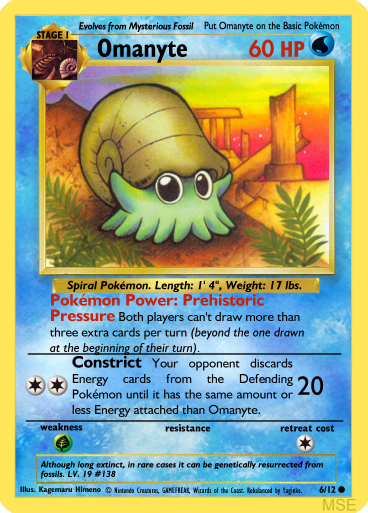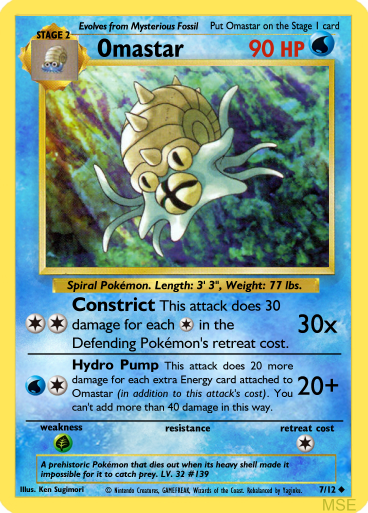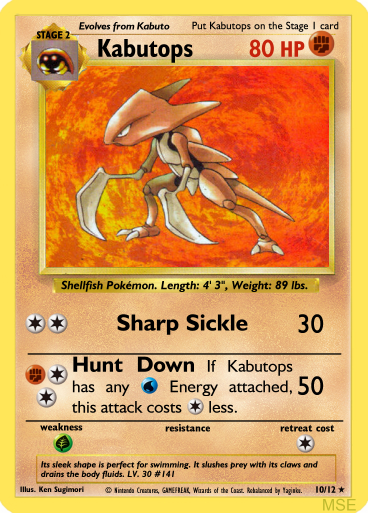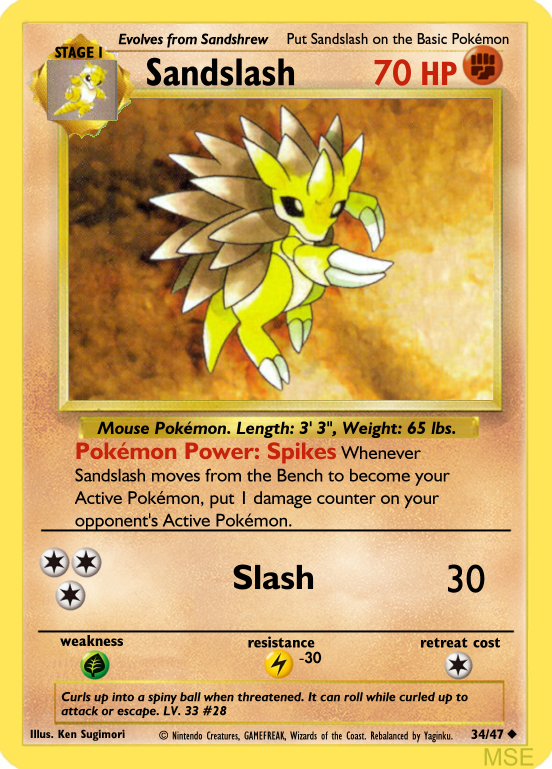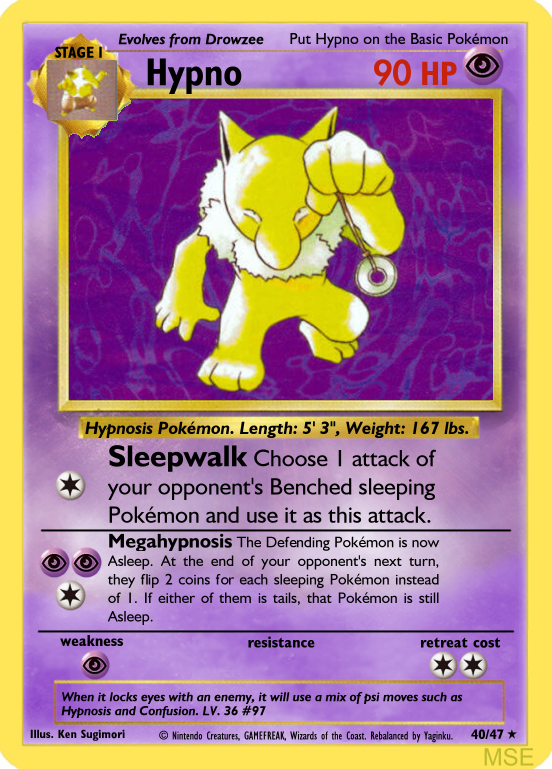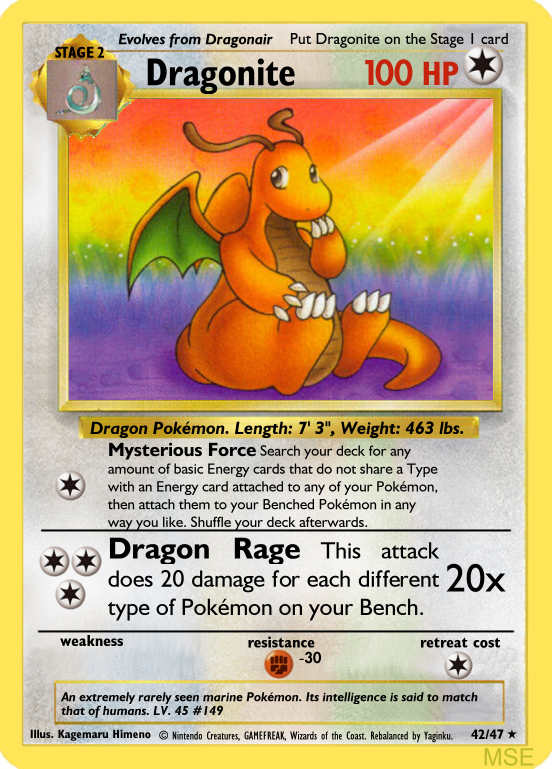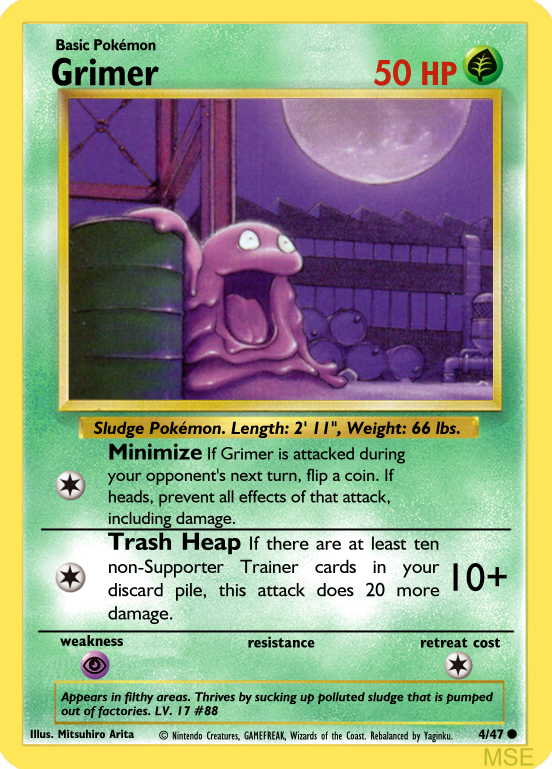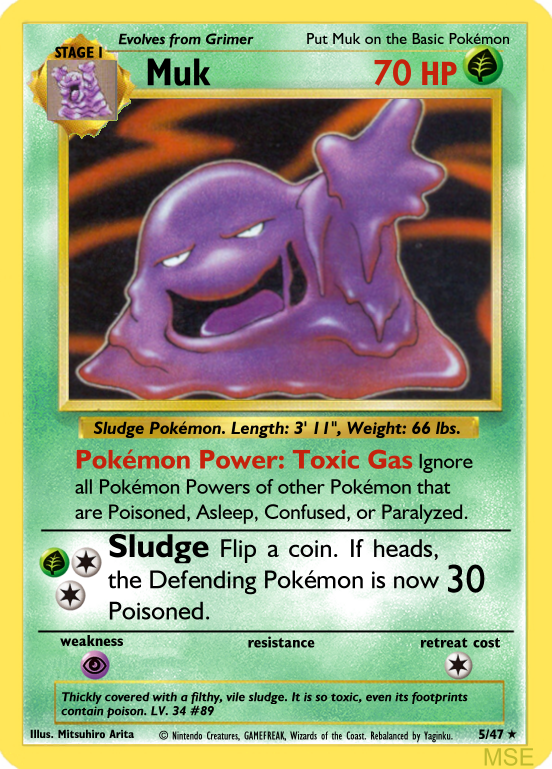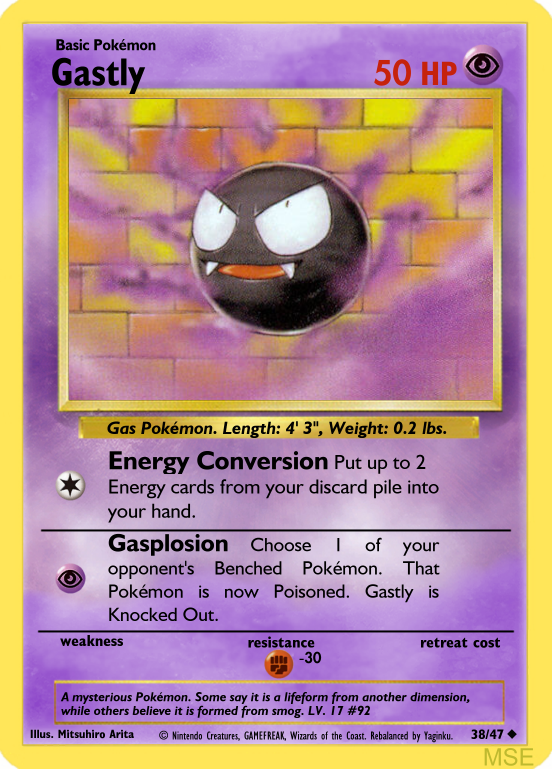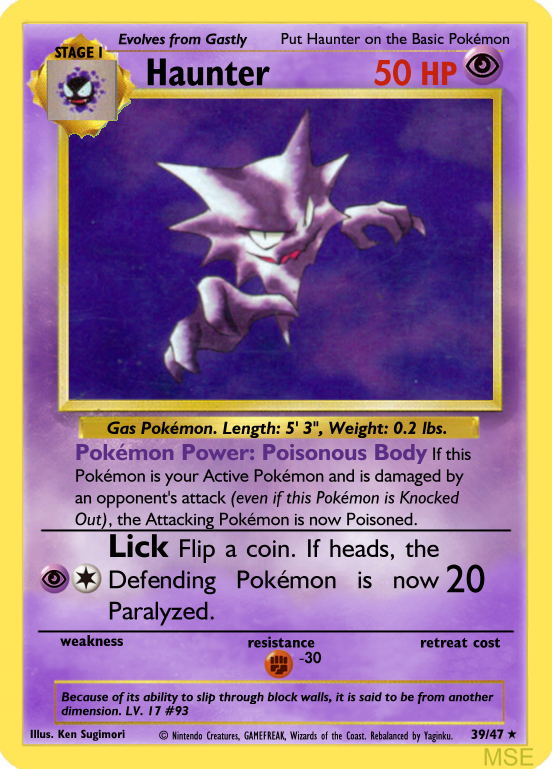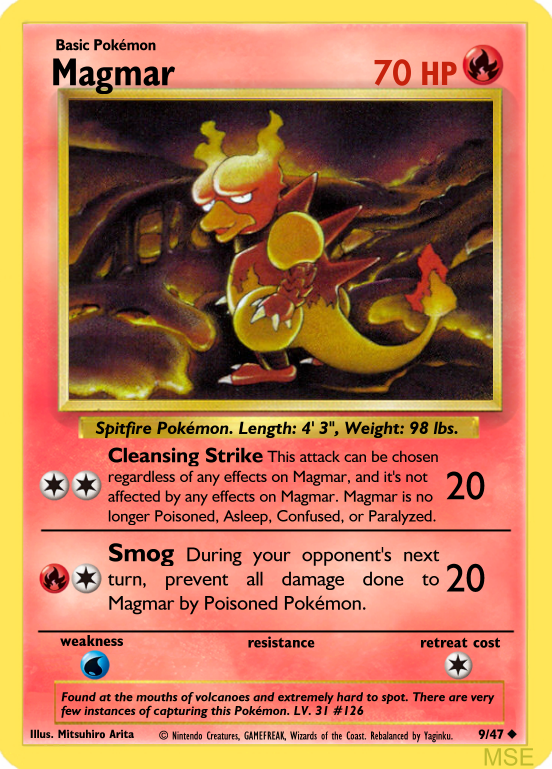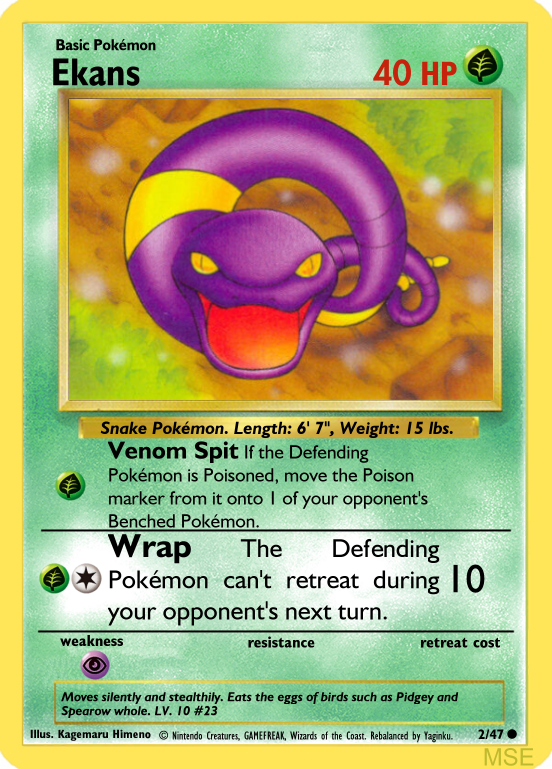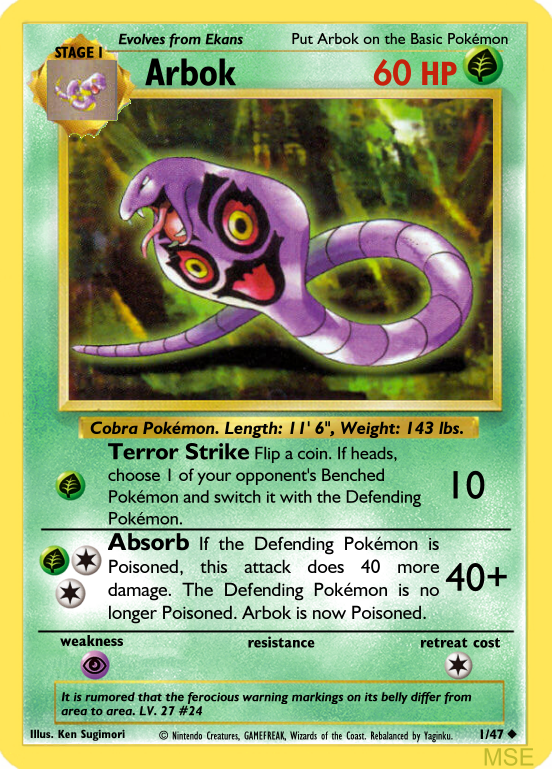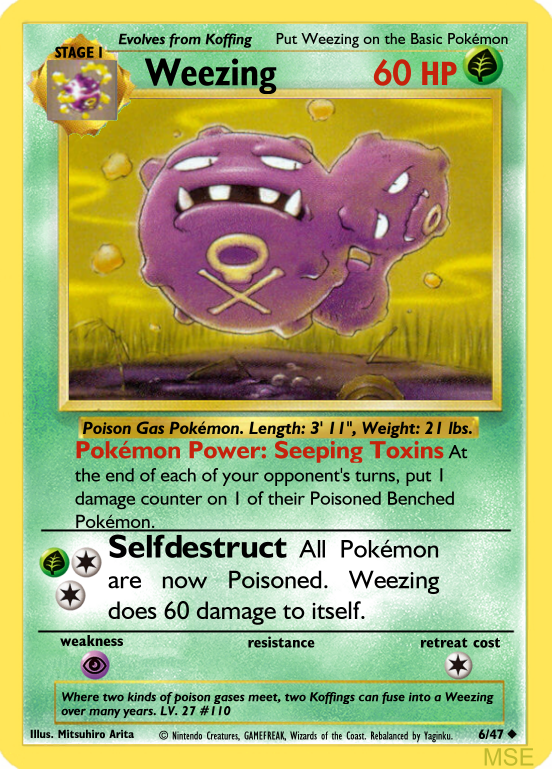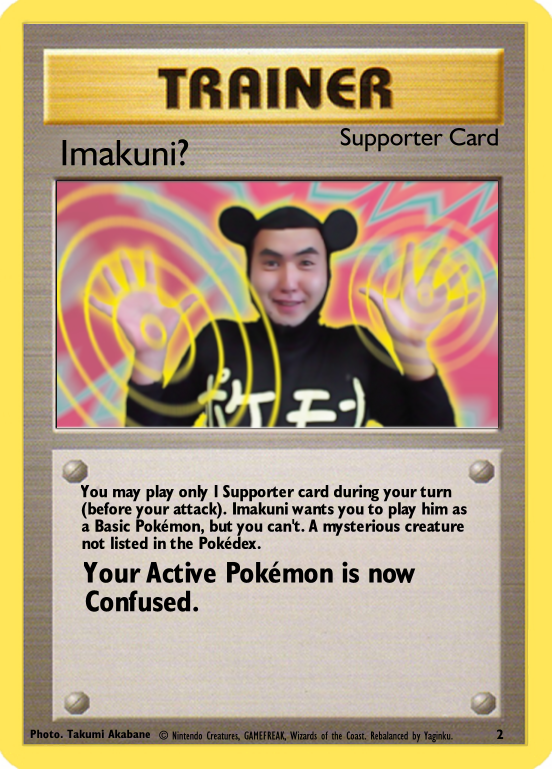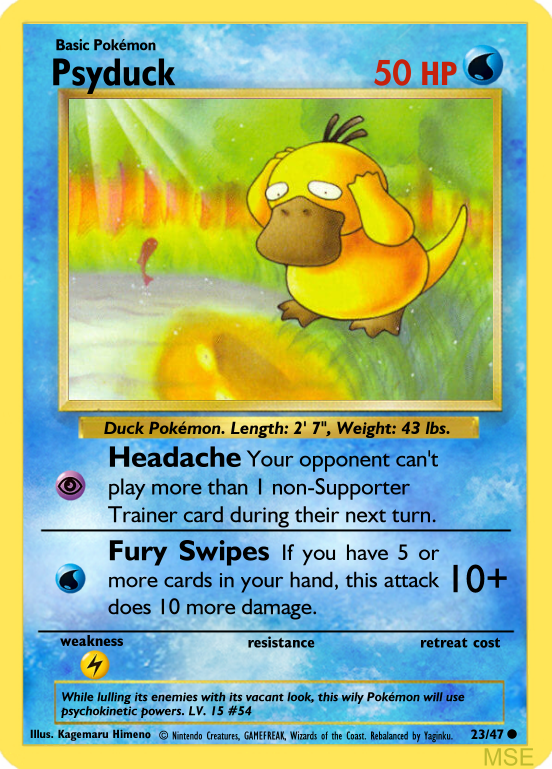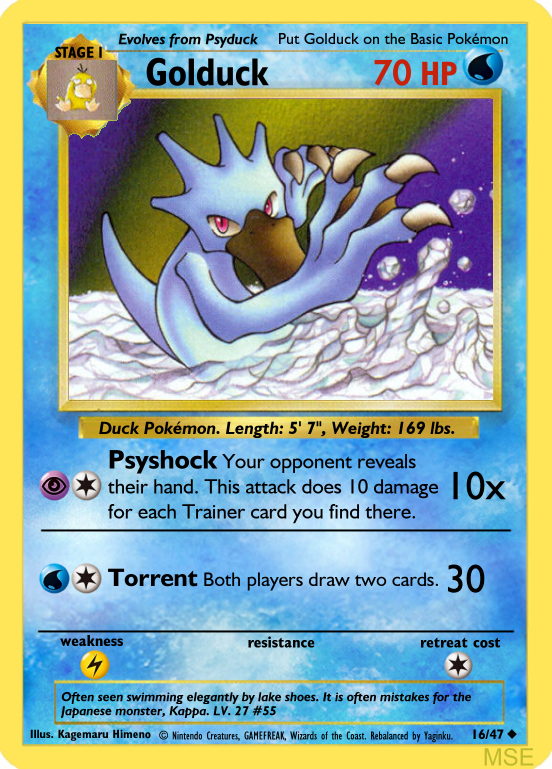This post has been a long time coming. It tackles a couple of topics I wanted to touch on for a while, and it just so happened that their implementation conglomerated on a couple of cards. This also makes it hard to pick a good point to start on, but since the first set of cards I’m revealing today are Eeveelutions, lets begin with the concept of shared evolution.
When a couple of Evolution Pokemon share the same Basic card, it has both advantages and disadvantages - but it was always my hunch, that it’s more detrimental than positive. Yes, it is indeed easier to maintain a bench, where the same Basic evolves into multiple Pokemon, as you only need to look for the single Basic, instead of a whole specific collection. However, it is also true that you only have at max four Basics to work with. It is much less likely you’ll draw into all four without searching them up, whereas with 3-4 different Basics you can set up what you get, then “tutor” for the rest. Your single Basic is also very vulnerable to sniping, or even getting Prized, which immediately cuts you off from even having that additional Evolved Pokemon.
Whether you’re swayed by advantages, or the disadvantages, there’s one thing that’s universal - these are tools that can be used to balance cards more finely. If your design for these cards focuses on the disadvantages, then you may embolden them for a desired effect. In this case, if you’re afraid that multiple effects may stack unhealthily with each other, then placing them on Evolutions that come from a shared Basic makes it harder to maintain them. The stacking doesn’t even have to be specifically unhealthy, but perhaps you want to make it more of a challenge - a player may choose to play one of these effects as normal, or center the engine of their deck on delivering that full stack in sake of other advantages. That’s exactly what I wanted to go with in the case of Eeveelutions.
Another aspect that becomes apparent is that there’s a few cards that benefit from increased damage - mainly Leech Lifers, or the Persian from the post above. I had an effect that increased damage on my wishlist for a while now, as presenting these types of cards and attacks, and then NOT giving them a way of increasing damage is just a massive downer.
Nowadays, increasing damage isn’t anything special, but in the Base Set times, increasing damage by even 10 can make a massive difference. I want players to be able to increase damage by 20, even 30, but only if there’s a price to be paid.
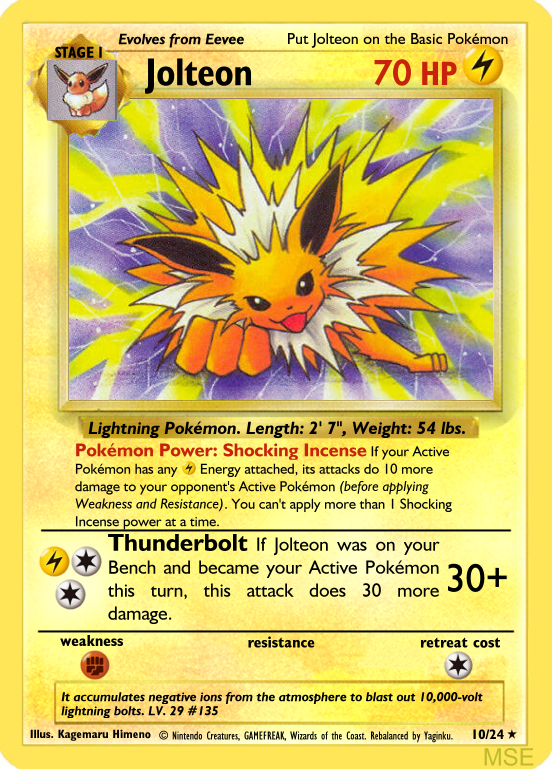
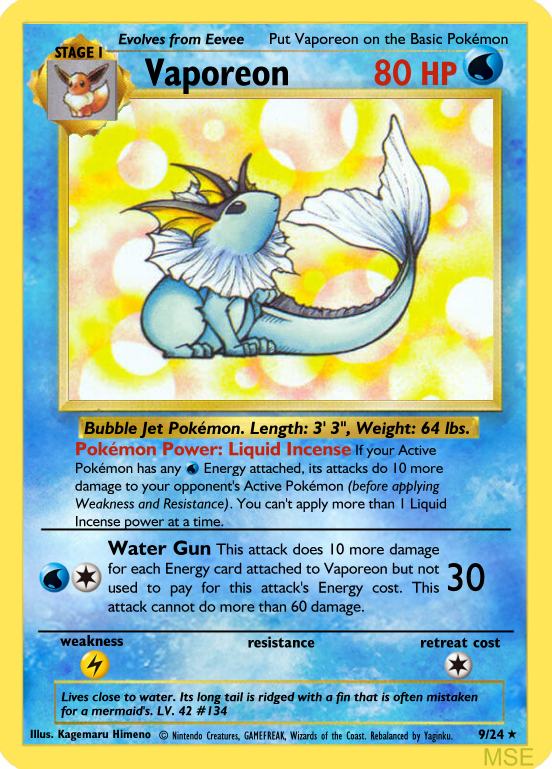
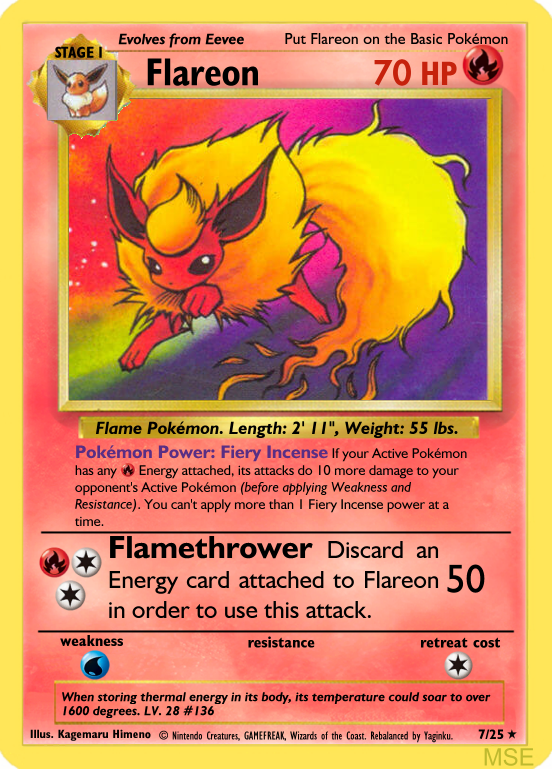
I went with many iterations on the Eeveelutions, but finally settled on this formula: “If your Active Pokemon has [Type] Energy attached, its attacks do 10 more damage. Only apply one of these abilities, per Type”. It is not the cleanest ability I can think of, but I like the effect for a couple of reasons. One, it does not specify the beneficiary has to be of the same type as the energy, so even though these cards reinforce their own Type, they don’t pigeonhole your deck into it. Second, it has the stacking effect I have talked about - to get the +30, you must have three different Eeveelutions, but also three different Energy cards on your Active Pokemon. If not for the latter, then it’d be obvious that the best option is to run four Eevees, one of each Eeveelution. Now it’s not so clear, because they also influence your Energy choice as well. You may run one of them to improve a deck that already uses said type, or make an Eeveelution deck that runs all three types and gets that coveted +30.
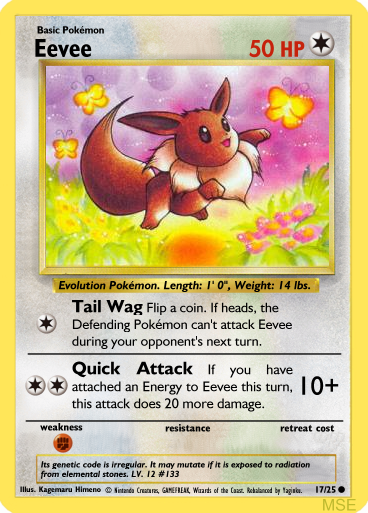
As for the Eevee, I simply changed it’s Quick Attack into one that requires an energy attachment - it goes well with the idea behind the “Eeveelution deck”, though it’ll obviously go underused if you’re using a single one for support, rather than attack.
Consult the Monkey
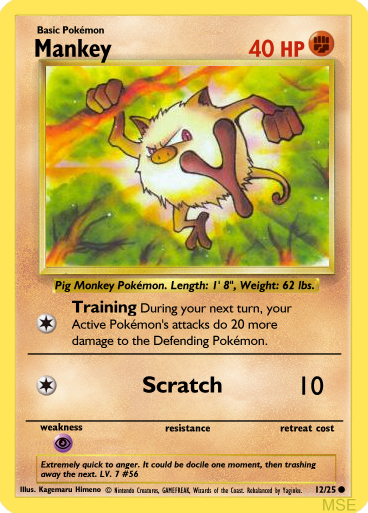
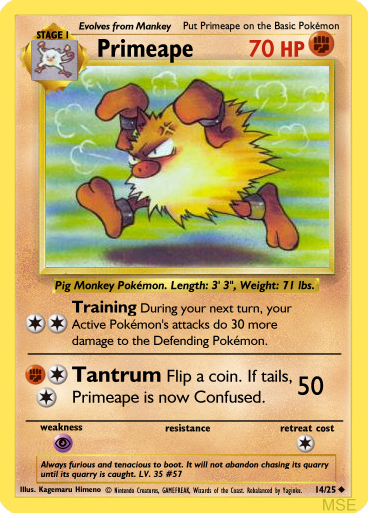
I went with a similar effect on the Mankey-Primeape line, though not in the form of an ability. If I were to truthfully start a description of many of these original Pokemon lines, they would all begin with “This Pokemon’s attacks were unimpressive and it’d be hard for anyone to justify adding them to their deck”. It’s simply the truth - there’s no reason to run a Pokemon that has attack you can find anywhere else. As such, I gave both monkeys the “Training” attack, which increases the power of your next attack, whoever the user might be.
When a couple of Evolution Pokemon share the same Basic card, it has both advantages and disadvantages - but it was always my hunch, that it’s more detrimental than positive. Yes, it is indeed easier to maintain a bench, where the same Basic evolves into multiple Pokemon, as you only need to look for the single Basic, instead of a whole specific collection. However, it is also true that you only have at max four Basics to work with. It is much less likely you’ll draw into all four without searching them up, whereas with 3-4 different Basics you can set up what you get, then “tutor” for the rest. Your single Basic is also very vulnerable to sniping, or even getting Prized, which immediately cuts you off from even having that additional Evolved Pokemon.
Whether you’re swayed by advantages, or the disadvantages, there’s one thing that’s universal - these are tools that can be used to balance cards more finely. If your design for these cards focuses on the disadvantages, then you may embolden them for a desired effect. In this case, if you’re afraid that multiple effects may stack unhealthily with each other, then placing them on Evolutions that come from a shared Basic makes it harder to maintain them. The stacking doesn’t even have to be specifically unhealthy, but perhaps you want to make it more of a challenge - a player may choose to play one of these effects as normal, or center the engine of their deck on delivering that full stack in sake of other advantages. That’s exactly what I wanted to go with in the case of Eeveelutions.
Another aspect that becomes apparent is that there’s a few cards that benefit from increased damage - mainly Leech Lifers, or the Persian from the post above. I had an effect that increased damage on my wishlist for a while now, as presenting these types of cards and attacks, and then NOT giving them a way of increasing damage is just a massive downer.
Nowadays, increasing damage isn’t anything special, but in the Base Set times, increasing damage by even 10 can make a massive difference. I want players to be able to increase damage by 20, even 30, but only if there’s a price to be paid.



I went with many iterations on the Eeveelutions, but finally settled on this formula: “If your Active Pokemon has [Type] Energy attached, its attacks do 10 more damage. Only apply one of these abilities, per Type”. It is not the cleanest ability I can think of, but I like the effect for a couple of reasons. One, it does not specify the beneficiary has to be of the same type as the energy, so even though these cards reinforce their own Type, they don’t pigeonhole your deck into it. Second, it has the stacking effect I have talked about - to get the +30, you must have three different Eeveelutions, but also three different Energy cards on your Active Pokemon. If not for the latter, then it’d be obvious that the best option is to run four Eevees, one of each Eeveelution. Now it’s not so clear, because they also influence your Energy choice as well. You may run one of them to improve a deck that already uses said type, or make an Eeveelution deck that runs all three types and gets that coveted +30.

As for the Eevee, I simply changed it’s Quick Attack into one that requires an energy attachment - it goes well with the idea behind the “Eeveelution deck”, though it’ll obviously go underused if you’re using a single one for support, rather than attack.
Consult the Monkey


I went with a similar effect on the Mankey-Primeape line, though not in the form of an ability. If I were to truthfully start a description of many of these original Pokemon lines, they would all begin with “This Pokemon’s attacks were unimpressive and it’d be hard for anyone to justify adding them to their deck”. It’s simply the truth - there’s no reason to run a Pokemon that has attack you can find anywhere else. As such, I gave both monkeys the “Training” attack, which increases the power of your next attack, whoever the user might be.


